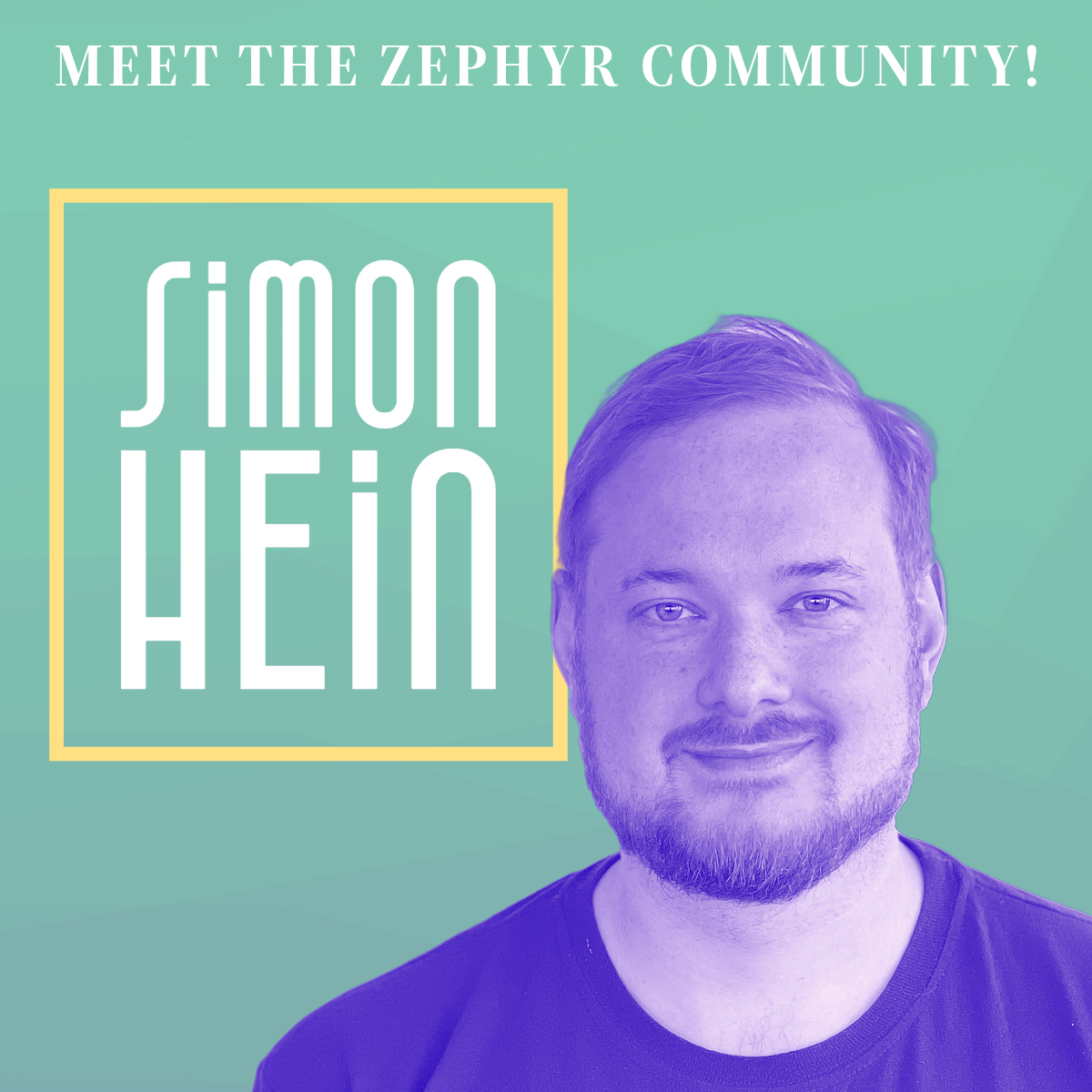During the Zephyr Developer Summit 2023, I had the opportunity to sit down with Simon Hein, software and functional safety engineer at Baumer, a leading provider of measuring instruments and sensors.
During our conversation, we got to dive into how community engagement and openness are helping shape the roadmap towards safety certification for the Zephyr project.

Benjamin Cabé (BC): Hi Simon! First things first, who are you, and where do you work?
Simon Hein (SH): My name is Simon Hein, and I’m working as a software engineer and functional safety engineer at Baumer in Germany. At my previous job at an automotive company, I got particularly involved in safety topics as I worked on Electronic Control Units (ECUs) and low-level control systems where safety is obviously very important.
BC: And for people (like me!) who might not be 100% familiar with Baumer, could you describe what your company does?
SH: Baumer specializes in various industrial products such as pressure sensors, motor control, encoders, camera systems, etc.
BC: When did Baumer start using Zephyr?
SH: It started about 3 years ago. We evaluated Zephyr as a possible environment and RTOS to build our applications on top of. We kept safety as a priority from day 1.
BC: Zephyr being an open source project, I am guessing that there is some work that needs to be done to be able to ship it in safety-critical environments, right? As the safety architect for Zephyr, can you elaborate on the process of making Zephyr safe for use in safety-critical environments?
SH: Sure. The road to safety actually starts with quality. In many ways Zephyr is already in a very good shape, and we are working on bringing it to the right level for all the components that may be certified in the future.
”The road to safety actually starts with quality [...] and we are working on bringing it to the right level for all the Zephyr components that may be certified in the future.
Simon HeinZephyr Safety Architect - Baumer.
BC: This was my next question: I guess it probably wouldn’t make sense or be feasible to certify the entire Zephyr code base, right? So what components specifically are you looking at?
SH: The Zephyr kernel, essentially, plus some services which the kernel heavily depends on or which are part of virtually any end application, such as logging, for example.
BC: That makes sense. Zephyr being an open source project, do you have any recommendations for how folks interested in contributing to Zephyr could get involved? I know that safety can be an intimidating topic, but I also know many people are interested in helping out.
SH: The first way to get involved is probably to join our Discord and hop on the #safety channel, and start posting your questions and comments there. I, and many others, are quite active there. Also, we recently opened up the Safety Working Group (editor’s note: information to join the Safety Working Group mailing list and access meeting minutes is available here). Initially, safety discussions were restricted to member companies, but as we’re seeing more and more interest from people interested in helping out on safety topics, we’ve opened it up.
BC: That’s a great move, and yes I can confirm that the safety channel on Discord is definitely becoming increasingly active! Now, as a Zephyr enthusiast yourself, what is something about Zephyr that you really like, and that maybe sets it apart from other projects out there?
SH: The community, really. I feel that people are really helpful and engaged, getting questions answered pretty much as they come, or directing you to the right people. This is something I really appreciate. And that’s also maybe an advice I would have for newcomers: don’t be afraid to ask questions. If you have a question on your mind, just put it out there. Don’t be afraid to ask questions. The community is very welcoming, and the worst-case scenario is that you might not get a reply immediately, in which case you can always ask again!
From a technical standpoint, I’m a big fan of the project’s diverse hardware support and robust ecosystem. Contributions from both hardware vendors and the broader community consistently bring in new features and expand hardware compatibility in Zephyr.
BC: We are having this conversation at Zephyr Developer Summit in Prague, and the week has been pretty busy with Zephyr talks, keynotes, and many technical discussions. What’s your main takeaway from the event?
SH: I think most of the people attending the conference are on the same page that Zephyr is in a very good and healthy state. I am very happy to see that quality topics seem to be pretty high on people’s minds, with for example testing being discussed a lot. I appreciate how the conference gives me a better understanding of Zephyr’s future direction, and of course I always like learning tricks on how to be more productive with it!
BC: Same here, and there’s going to be dozens of hours of video recordings of all the talks for everyone to catch up on! Thank you Simon, and enjoy the rest of the conference. ⬛
If you enjoyed this article, don’t forget to subscribe to the Zephyr newsletter to receive insightful quarterly updates about all things Zephyr! You can also follow us on Twitter and LinkedIn.